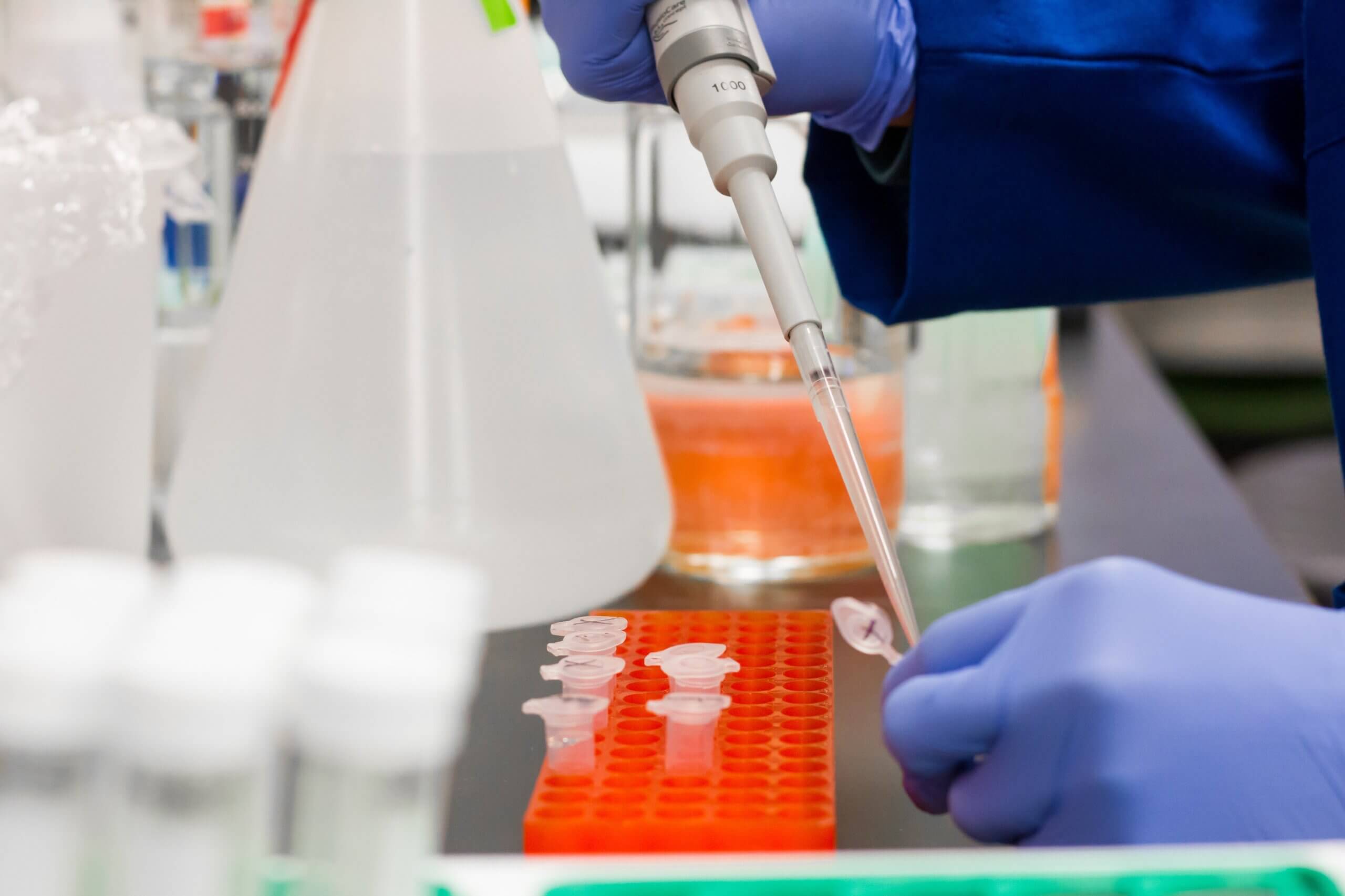On January 10, the Biden administration announced, victoriously, that it will require private insurers to cover the cost of eight at-home Covid-19 tests per person per month. “Today’s action further removes financial barriers and expands access to Covid-19 tests for millions of people,” read an official statement.
But where will the administration find the tests?
The Biden administration’s approach would make sense if the government was also investing in production of Covid-19 tests to resolve the supply squeeze currently pushing Covid test prices through the roof. But that effort just isn’t there. Which means that this policy is the equivalent of determining that the way to resolve the parking crunch in New York is to make parking free. The administration is trying to address a supply shortage not just without creating supply, but also by increasing demand — all while ignoring regulatory roadblocks that prevent the market from filling gaps.
This perfectly encapsulates a much larger threat to the United States: A policy reliance on demand-side subsidies and inattention to production is exacerbating US industrial impotence, compounding inflationary trends, and undermining the government’s ability to control quality and consequences of the goods the United States consumes. This is coming to a head exactly when domestic industry is most critical for America’s security and competitiveness.
Here’s how the at-home testing case risks playing out: This week, as the policy takes effect, Americans are going to walk into their local CVS and buy eight at-home tests apiece, charging them to insurance. Pharmacies will quickly run out of tests – most quickly in the areas that need tests the most. With demand skyrocketing, test prices will too. Black markets will grow. Dupes will proliferate. Hindered by a slow, burdensome, domestic regulatory architecture, and without government emphasis on production, the US private sector will continue to find itself boxed out of the American market. What test supplies do make it to the shelves won’t be sourced from the United States. They’ll be sourced from China.
This specific case is a big problem. More problematic, and dangerous, yet is the larger policy trend of which it’s a part – one that dates back to well before the pandemic and well beyond pandemic supplies. The story that risks unfolding now in at-home Covid-19 tests has already played out in everything from pharmaceuticals to critical inputs into electric vehicle batteries. The US government recognizes that the US is in an era of shortage – of energy, commodities, and everyday staples, but also of the larger industrial capacity necessary to meet economic and national security needs. Yet the government isn’t increasing supply. Instead, they are subsidizing demand, releasing oil from the national stockpile, granting tax breaks for solar panel installation but not production, and demonizing the economic forces need to spur production.
This thinking – artificial demand side subsidies that serve as band-aids, covering up a decimated US productive economy — will exacerbate the problem. It will encourage the very polarization of opportunity and access it is designed to resolve, all while continuing to hollow out American industry. This thinking will degrade American security and prosperity in exchange for an easy answer and a press release.
The worst part is that there’s an obvious, existent, and readily useable policy tool to jumpstart an alternative approach: The Defense Production Act (DPA), implemented in 1950 in response to the launch of the Korean War, authorizes the president to demand that businesses prioritize contracts for goods deemed necessary for national defense; to prohibit hoarding or price gouging of designated materials; and to allocate materials, services, and facilities for defense-relevant production. DPA could be invoked in concert with targeted and temporary de-regulation to guarantee that US production be delivered to Americans in need rather than being diverted by regulatory red tape.
American national defense faces a very different threat than it did in 1950. But mobilization of domestic production may be even more critical to today’s challenge – and to the future of the United States – than it was seven decades ago.
Why doesn’t the Biden administration use the DPA to jumpstart necessary production at home – whether that’s of critical materials, PPE or Covid-19 tests? Doing so would incentivize the US economy to re-orient for an era in which globalization can’t be taken for granted. Then we can talk about private insurers covering the cost of at-home tests.
The US faces a crisis of crises: runaway inflation, snarled supply chains, and domestic shortages, all on a backdrop of hollowed out industrial capacity, decaying infrastructure, and bifurcated labor markets that exacerbate inequality. The government can keep throwing money at the constellation of symptoms – reactively, defensively, as a sort of guardianship of the country’s demise.
Or the US can embark on a positive alternative. This alternative starts with direct investment and rational regulation (as well as deregulation) in production of those supplies that are needed, desperately now. Tools for COVID-19 defense top the list. So do industrial chains where the U.S. private sector is primed to and must lead — including solar panels, electric vehicle batteries and motors, rail cars, jets, and consumer electronics. If backed by US government and consumer support, American producers can restore competitive capacity in these fields. COVID-19 broadly, and an at-home test shortage today, should serve as clear alarm bells that that our policy frameworks haven’t been updated for our reality.
It’s time to build back. Let’s be serious about it.
(Photo by Pexels)




